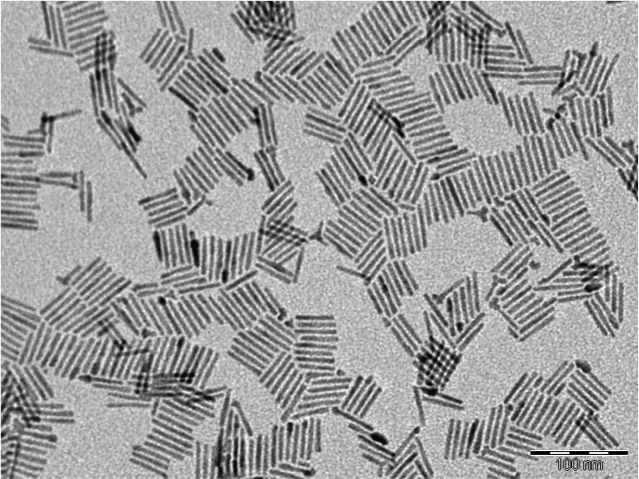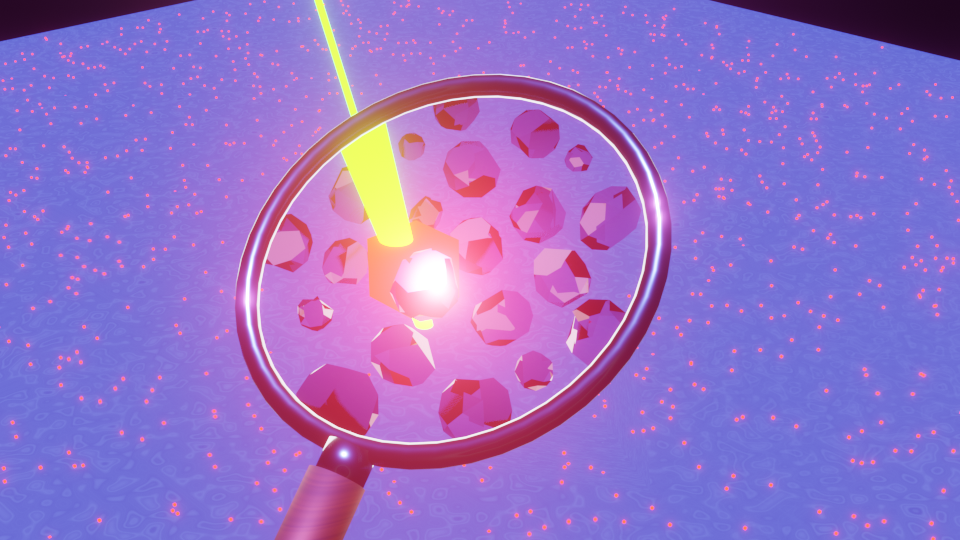Research Topic
Quantum dots based on II-VI semiconductor and perovskites nanocrystals can emit light at room temperature and are synthesized via wet chemistry. We characterize their emission to find room temperature compatible single photon sources.
Optical characterization of room temperature single photon sources
We work primarily with II-VI semiconductor nanocrystals and perovskites nanocrystals.  These quantum dots can emit light at room temperature and are synthesized via wet chemistry.
These quantum dots can emit light at room temperature and are synthesized via wet chemistry.
They are highly interesting sources of single photon under continuous wave or pulse excitation and at room temperature. Their typical structure is a spherical core of CdSe with a diameter between 3 and 10 nm embedded in a CdS shell. The shell shape can be of two types : spherical (quantum dots) or elongated (dot–in–rods). A problem with commercially available quantum dots is the blinking : period of time with zero emission. Thanks to an ongoing collaboration with a research group in nanocrystal synthesis (Pr. Carbone Group at NNL in Lecce), we are working with high quality dot–in–rods with near complete suppression of blinking at ambient temperature. The suppression of blinking was a major technological challenge that is now well controlled by our collaborators and that opens the way to quantum information experiments with semiconductor nanocrystals.
Narrowing the linewidth of semiconductor nanocrystals
To date, single photons emitted by nanocrystals usually have a large linewidth (several nm) at room temperature, with inhomogeneous broadening and a time drift of the emitted frequencies (spectral diffusion). We investigate various approaches for narrowing the linewidth of these emitters.
- Cryogenic operation. A straightforward path to narrow linewidths with solid-state emitters is to go to cryogenic temperature. Narrow lines have been obtained at 2K with excitation on the zero-phonon lines of the lowest levels, but with photoluminescence detection at a different wavelength. This solution have the advantage of the tunability of the linewidth with respect to the temperature, and is of great interest for detailed investigation in a laboratory environment. However for future applications, room temperature experiments should also be developed.
- Resonant excitation. A second approach for narrowing the linewidth is to take advantage of the Heitler effect. Indeed, unlike the spontaneously emitted photons, the elastically scattered photons in the Heitler regime are phase-locked to the excitation laser with ideally infinite mutual coherence, accentuating their potential for quantum interference. Resonant scattering with a weak excitation has been demonstrated to allow indistinguishable photons in the case of self-assembled quantum dots at cryogenic temperature and is believed to work similarly at room temperature with nanocrystals. Resonant excitation will become possible thanks to high spatial rejection of the excitation beam with the nanofiber configuration.
